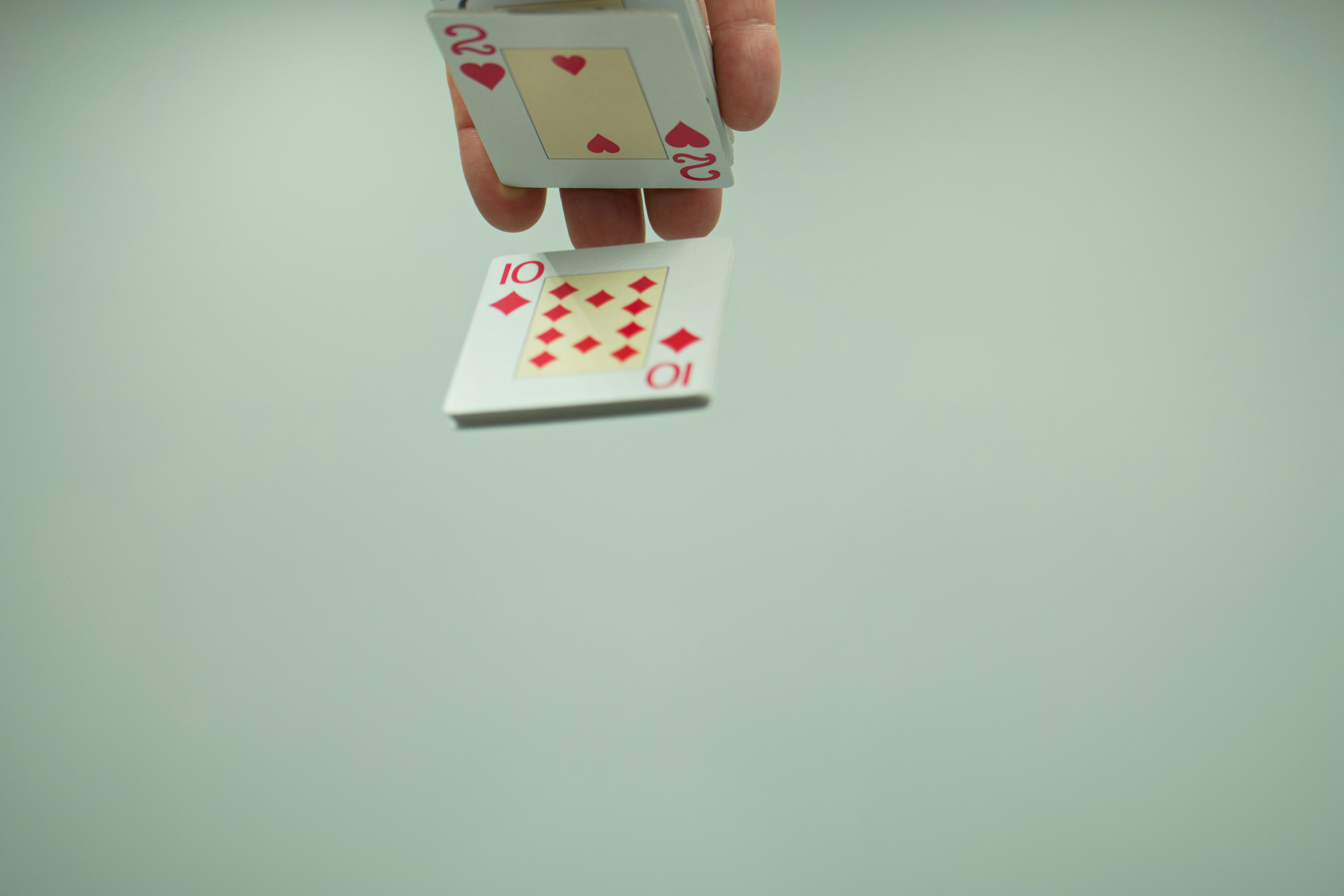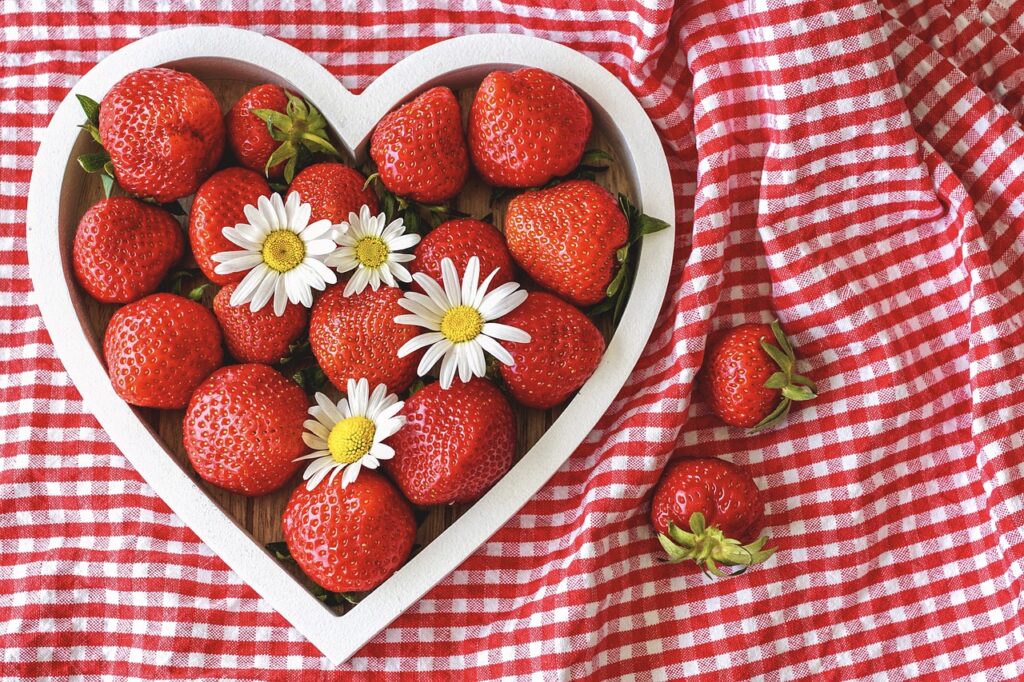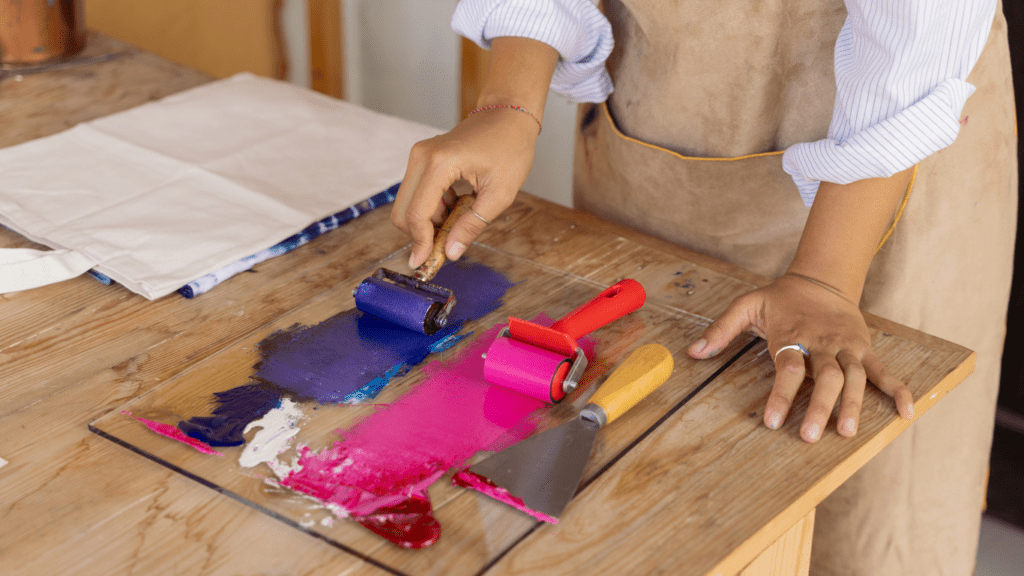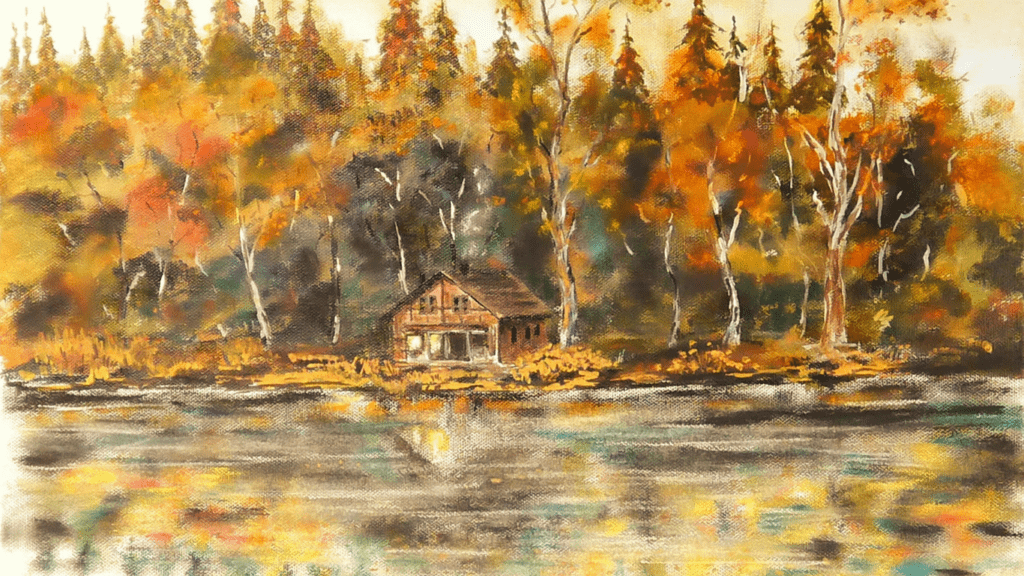What Sets Custom Cards Apart
In an era of instant messages and auto populated birthday greetings, handmade cards cut through the noise. They’re not about speed. They’re about intention someone taking the time to fold, cut, write, and design something tangible.
Personalization is the real superpower here. A scrapbook style card with private jokes, hand drawn doodles, or even just a favorite color palette? That hits harder than any slick animation a phone can send. It tells the recipient, “I saw you. I thought of you. I made this for you.”
What you spend in time, you get back tenfold in impact. You don’t need hours or a studio; a few well placed snips, a short message with your real handwriting, and maybe a detail or two that only you would add it’s enough to stick with someone long after an ordinary store bought card would’ve hit the trash.
Handmade cards still matter because they slow people down. They feel human. The digital world scrolls on. But a handmade card? That stays on the fridge, in a drawer, or taped to the mirror proof that someone went the extra inch.
Foundation Techniques Worth Mastering
Start with the basics. A clean edge and a sharp fold can make or break a handmade card. Precision here signals care. Use a sharp craft knife or a good paper trimmer and don’t rush the fold score it first for a crisp, pro level crease.
Paper matters too. Cardstock gives structure, but go further. Textured linen, shimmering pearl, or recycled hemp stock can instantly elevate your design without adding bulk. The feel of the card in someone’s hand does half the talking.
You don’t need a drawer of gadgets. A bone folder, metal ruler, self healing mat, and a sharp blade will take you far. Add a pair of detail scissors and a glue that dries clear, and you’re good. Keep it simple, but make those basics count.
For more tools and technique deep dives, Explore tried and true greeting card techniques.
Design Methods That Bring Cards to Life

Flat designs are fine. But a card that pops literally and visually sticks in the memory. Layering is the go to move for dimensional impact. Foam tape adds lift in seconds; paper piecing lets you stack custom patterns and shapes for depth without bulk. If it feels tactile, it feels intentional.
Then there’s color. You don’t need an art degree, just a few basic rules. Pick a dominant color, add a secondary contrast or complement, and leave room for white space. Too many hues, and the design starts shouting. Think bold, not loud.
Typography matters too. Whether you’re laying down printed text or hand lettering, it needs clarity and balance. Mix fonts like you would spices purposefully and sparingly. Let one style lead, one support. If you hand letter, loosen up. Imperfect adds charm.
Finally, stamps and embossing bring texture without chaos. Use stamps to frame, not flood. Embossing highlights areas you want to feel special titles, borders, or patterns that deserve attention. The goal is richness with restraint. Depth, not noise.
Making Techniques Shine With the Right Mediums
Choosing the right medium gives your handmade cards that extra edge. Watercolor washes are great when you want softness and mood. Think pale florals, gentle gradients, or skies behind bold lettering. They’re imperfect on purpose adding texture without crowding the message.
If your style leans bolder, acrylics and metallics bring the punch. A swipe of gold or a splash of saturated paint acts like a headline. Use them strategically accents, not overload. They draw the eye without yelling.
For something more eclectic, mixed media opens the door. Thread, fabric scraps, even pressed leaves or old pages carefully placed give your cards a story. It’s about balance. A stitched border or a textured panel says you invested time. That matters.
And yes, you can do all this without wrecking the planet. Eco friendly inks, recycled cardstock, and plant based glues are more available than ever. They’re not a compromise they’re part of the craft now.
Level up your designs with expert greeting card techniques
Finishing Touches That Make a Difference
The difference between a nice handmade card and one that people keep for years often comes down to how it’s finished. Seals, embellishments, and edge treatments are more than decoration they’re signals of care. A wax seal or a custom sticker gives the card a sense of intention. Embellishments like brads, ribbon, or die cuts add texture and interest without overwhelming the design. Even simple edge treatments like fishtail trims or deckled edges elevate the look automatically.
Custom envelopes and inserts also matter. A well fitted envelope made with complementary paper signals that the card inside isn’t generic. Inserts can serve as an extra surface for a message or a clever design extension. They’re small details, but they invite the recipient into a fuller experience.
And let’s talk packaging. Wrap your card in vellum. Tie it with string. Add a hand punched tag. These touches don’t need to be expensive they just need to feel intentional. When your card shows up with that thoughtful presentation, it doesn’t just look good. It feels like a gift. And that’s what elevates your piece from handmade to heirloom.
Keep Creating: Staying Inspired
Creative ruts happen. The fix? Stay curious, stay engaged. Good cardmaking isn’t just about mastering tools it’s about tapping into the world around you. Seasons offer easy starting points. Autumn? Think burnt oranges and pressed leaves. Spring? Bright pastels, hand drawn florals. Moods work too. A quiet, reflective evening might lead to a minimalist watercolor design. A celebration could spark bold textures and metallics.
Beyond your own ideas, there’s a whole ecosystem of other makers out there. Card swaps, online challenges, and themed prompt weeks keep your work fresh and honest. They push you to try new formats and techniques while seeing what others are doing with the same puzzle pieces. It’s not a competition; it’s creative cross training.
And practice? Still king. Even the sleekest cards come from trial runs, scraps, and flops. Mastery builds slowly. The more you play, the more your own sense of timing, balance, and style starts to surface. Stay loose. Show up. The results will follow.


